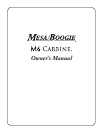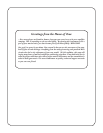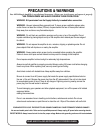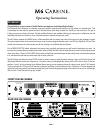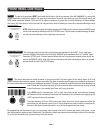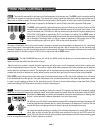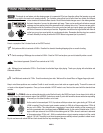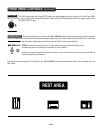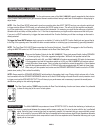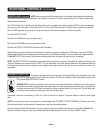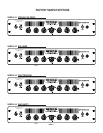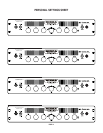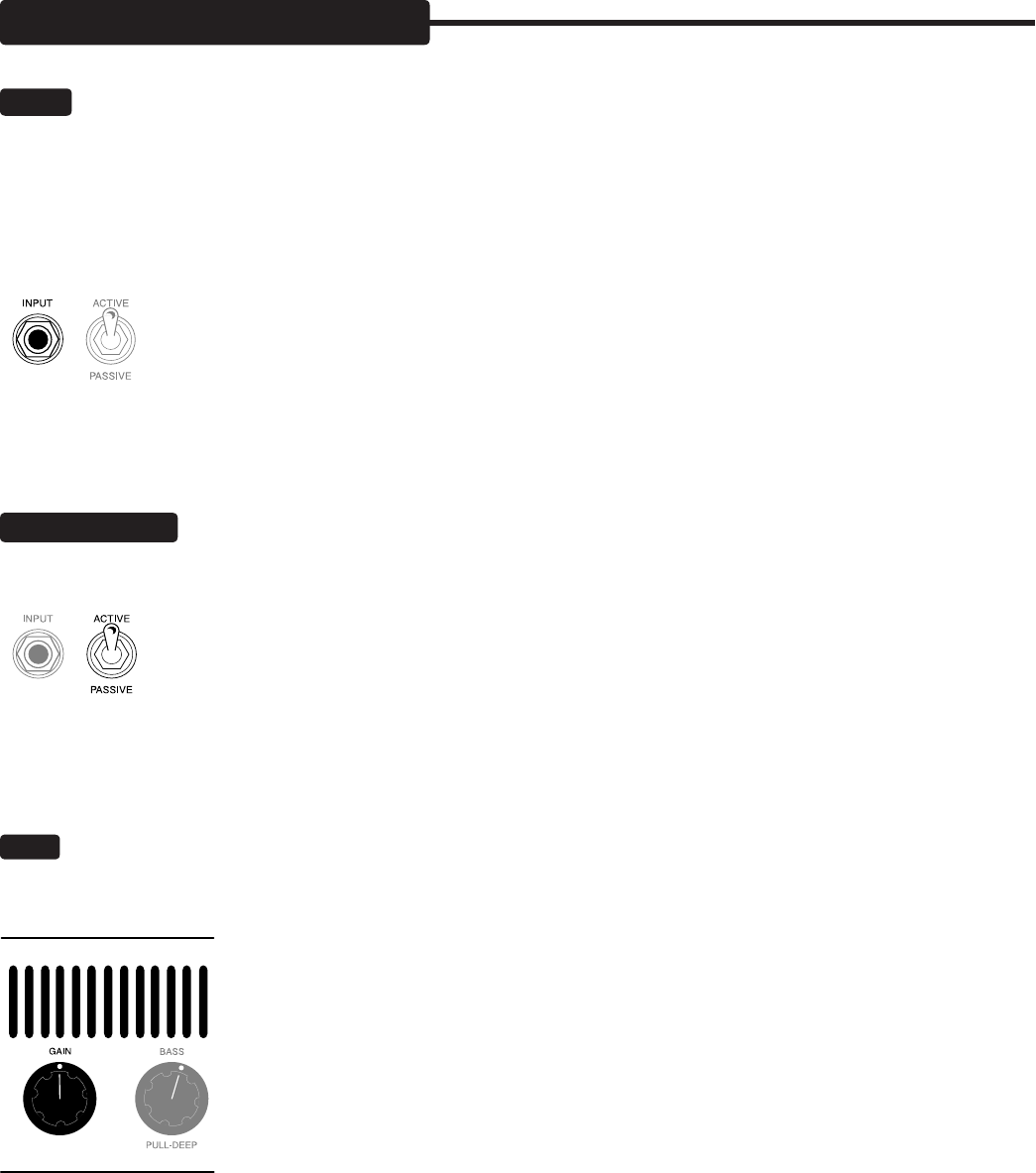
PAGE 3
INPUT:
This jack is the instrument INPUT which feeds the first tube in the all-tube preamp of the M6 CARBINE. It is set up with
enough headroom to handle both passive and active style instruments. For active instruments you may find yourself running the
GAIN control somewhere between 10:00 and 2:00 for optimum headroom. If you do hear a soft clip creeping in at higher settings,
don’t worry, this is the beauty of a tube front end. You may feel free to drive the preamp for a more furry character when hyper-clean
is just too clean.
NOTE: When driving the preamp with higher settings of the GAIN control it is wise to reduce the BASS control
and any low frequencies dialed up on the ACTIVE MID control. This will protect accidental damage to speak-
ers and help avoid tubbiness or lack of tightness in the low end.
ACTIVE / PASSIVE:
This mini toggle switch controls the input headroom and impedance of the INPUT. As you might have
guessed, the switch selects either the full strength PASSIVE input impedance circuit or a “padded” higher
headroom ACTIVE circuit. Standard passive basses that don’t incorporate an onboard preamp should be
used in the PASSIVE setting, while more modern instruments that utilize active pickups and/or an onboard
preamp should be used in the ACTIVE setting.
GAIN:
This control determines the overall character of the input sensitivity. The lower regions of the control (below 12:00) lend
greater headroom and provide a scooped, brighter personality. The upper harmonics come through more prominently in this area of
the control making the top end sound more transparent and sweet. This region is especially useful for funkier stuff when thumbing is in
order. It keeps the rubber-band feel intact in the lows and mids while voicing the snap just high enough
to avoid harshness, or the dreaded “gak” when the G string is plucked.
As the GAIN control is increased past 12:00 a richer, more “well-rounded” voice becomes dominant
and headroom starts to diminish in increments until eventually, a tube overdrive sound appears as the
12AX7 input tube is driven into saturation.
The region between 12:00 and 2:30 is where the classic, warm tube sound resides and within this
narrow band you will discover a world of tone. Tiny increments here produce subtle, but important dif-
ferences in the attack characteristic which in turn, feel like changes in the time domain.
By experimenting with the amount of gain, you can actually voice the amp to feel as if it bounces just ahead of the groove - or lays
back a little deeper to produce a more Fatback feel. The difference in attack and sustain produces striking results as to how the bass-
ist - and in fact the whole band - perceives things in the time domain.
FrONT PANeL CONTrOLS:
VACUUM TUBE PREAMPLIFIER
MOSFET POWER
VACUUM TUBE PREAMPLIFIER
MOSFET POWER



